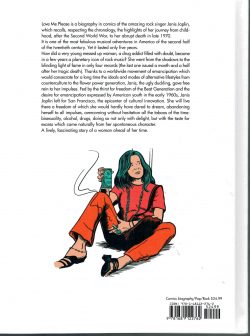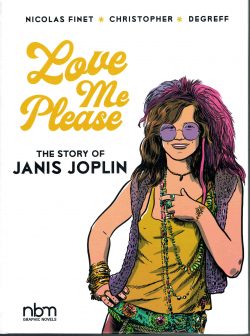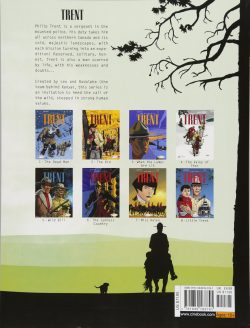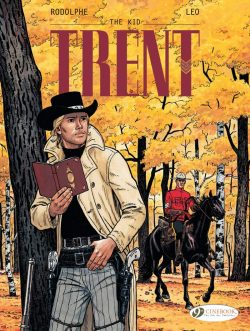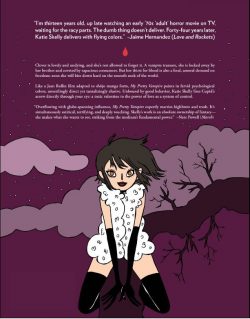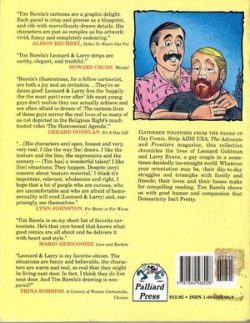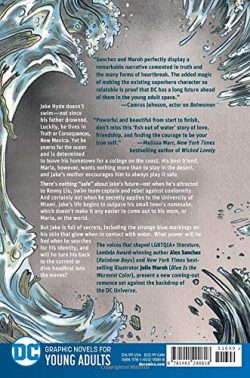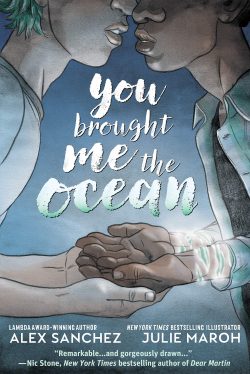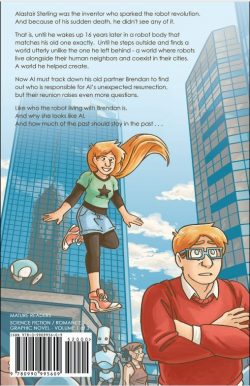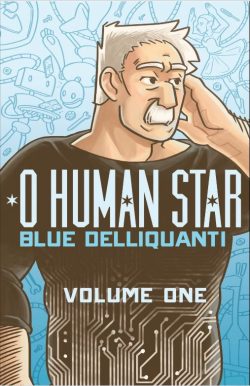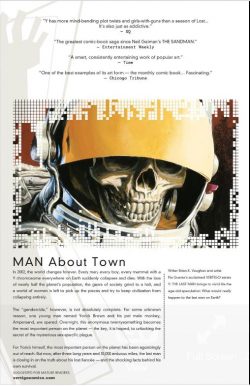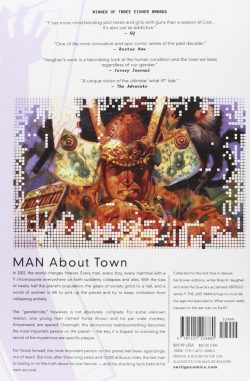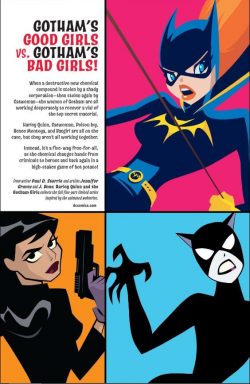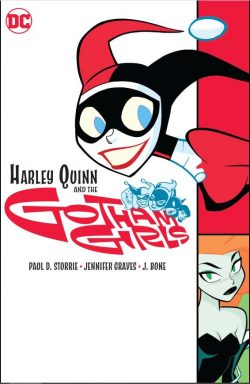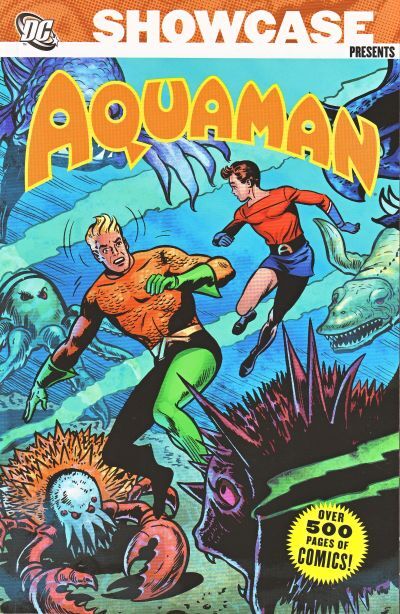
By Robert Bernstein, Jack Miller, George Kashdan, Bob Haney, Ramona Fradon, Nick Cardy, Jim Mooney & various (DC Comics)
ISBN: 978-1-4012-1223-0 (TPB)
Big year for comics anniversaries, and we can’t let this guy go unmentioned. Sadly, most of his back catalogue is still unavailable unless you track down aging compendia like this bulky gem. Although unavailable in digital formats, one of the greatest advantages of these monochrome tomes is the opportunity they provide whilst chronologically collecting a character’s adventures to include crossovers and guest spots from other titles. When the star is as long-lived and incredibly peripatetic as DC’s King of the Seven Seas that’s an awful lot of extra appearances for a fan to find…
One of the few superheroes to survive the collapse at the end of the Golden Age was a rather nondescript and generally bland looking chap who solved maritime crimes, rescuing fish and people from sub-sea disaster. Aquaman was created by Mort Weisinger and Paul Norris in the wake of Timely Comics’ Sub-Mariner: debuting in More Fun Comics #73 (November 1941) with fellow born survivor Green Arrow.
Strictly a second stringer for most of his career, Aquaman nevertheless continued on far beyond many stronger features. He was primarily illustrated by Norris, Louis Cazeneuve and Charles Paris, until young Ramona Fradon took over the art chores in 1954, by which time the Sea King had settled into a regular back-up slot in Adventure Comics. Fradon was to draw every single adventure until 1960 and indelibly stamp the hero with her unique blend of charm and sleek competence.
In 1956, Showcase #4 finally rekindled the public’s imagination and zest for costumed crime-fighters. As well as re-imagining Golden Age stalwarts, DC undertook to update and remake its hoary survivors. Records are incomplete, sadly, so often we don’t know who wrote what, but the initial revamp ‘How Aquaman Got His Powers!’ (Adventure Comics #260, May 1959) was the work of Robert Bernstein who wrote the majority of the subsea capers at this time.
From that tale on the hero had a new origin – offspring of a lighthouse keeper and a refugee from the undersea city of Atlantis – and eventually all the trappings of the modern superhero followed: Themed hideout, sidekick and even super-villains! Moreover, greater attention was paid to continuity and the concept of a shared universe.
The 49 adventures gathered here encompass that early period of renewal, taking him from wandering back-up bit-player to stardom and his own comic book. Writers from those years included the aforementioned Bernstein, Jack Miller, George Kashdan, Bob Haney and perhaps other DC regulars, but the art was always by Fradon, whose captivatingly clean economical line always made the pictures something special.
The initial stories are pretty undemanding fare, ranging from simply charming to simply bewildering examples of all-ages action to rank alongside the best the company offered at the time. ‘Aquaman Duels the Animal Master’, ‘The Undersea Hospital’, ‘The Great Ocean Election’, ‘Aquaman and his Sea-Police’ and ‘The Secret of the Super Safe’ kept the hero in soggy isolation, but via an early crossover, Aquaman made his full entrance into the DC universe.
DC supported the popular 1950s Adventures of Superman TV show with a number of successful spin-off titles. Superman’s Girlfriend Lois Lane #12 (October 1959) featured ‘The Mermaid of Metropolis’ wherein the plucky news hen (and isn’t that a term that’s outlived its sell-by date?) suffers crippling injuries in a scuba-diving accident. On hand to save her is Aquaman and a surgeon who turns her into a mermaid so she can live a worthwhile life without legs beneath the waves.
I know, I know: but just accepting the adage “Simpler Times†often helps me at times like this. In all seriousness, this silly story – by Bernstein – is a key moment in the development of one-universe continuity. The fact that it’s drawn by Kurt Schaffenberger – one of the most accomplished artists ever to work in American comics – makes it even more adorable, for all its silliness; and you can’t make me change my mind…
‘Aquaman Meets Aquagirl’ (Adventure Comics #266, by Bernstein & Fradon) gave a little more information about lost Atlantis whilst testing the waters (sorry!) for a possible sidekick. Remember, in those days the Sea King spent most of his time expositorially dialoguing with an octopus so with Adventure Comic #267 the editors tried a novel experiment.
At this time the title starred Superboy and featured two back-up features. Aquaman tale ‘The Manhunt on Land’ saw villainous Shark Norton trade territories with Green Arrow’s foe The Wizard and, in a rare crossover – both parts of which were written by Bernstein – the two heroes worked the same case with Aquaman fighting on dry land whilst the Emerald Archer pursued his enemy beneath the waves in his own strip ‘The Underwater Archers’, illustrated by the great Lee Elias.
In the next issue ‘The Adventures of Aquaboy!’ we got a look at the early years of the Sea King, and following that permanent sidekick Aqualad was introduced in ‘The Kid from Atlantis!’ In quick succession came ‘The Menace of Aqualad’, ‘The Second Deluge!’, ‘The Human Flying Fish!’, ‘Around the World in 80 Hours’, ‘Aqua-Queen’ and intriguing mystery ‘The Interplanetary Mission’.
Originally seen in Adventure Comics #275 – a few months after the debut of the Justice League of America in The Brave and the Bold #28 – this story concerned a plot to secure Kryptonite from the sea-floor. Although Superman did not appear, nets of shared continuity were being gradually interwoven. Heroes would no longer work in assured solitude. It was back to business as usual for ‘The Aqua-thief of the Seven Seas’, ‘The Underwater Olympics’, ‘Aqualad Goes to School’, ‘Silly Sailors of the Sea’ and ‘The Lost Ocean’: a typical mixed bag which served to set the scene for a really Big Event.
In Showcase #30 (January-February 1961) Jack Miller & Fradon expanded the origin of Aquaman in full-length epic ‘The Creatures from Atlantis’, wherein extra-dimensional creatures conquer the sunken civilisation. From this point on fanciful whimsy would be downplayed in favour of character-driven drama. The saga was followed by tense thriller ‘One Hour to Doom’ in Adventure Comics #282. Inked by Charles Paris, this was Fradon’s last art job for nearly a year and a half, whilst a second Showcase issue by Miller saw the first Aquaman job for comics veteran Nick Cardy who would visually make Aquaman his own for the next half-decade.
‘The Sea Beasts from One Million B.C.’ (Showcase #31, March/April 1961) is a wild romp of fabulous creatures, dotty scientists and evolution rays presaging a new path for the King of the Seas. Jim Mooney drew ‘The Charge of Aquaman’s Sea Soldiers’ for Adventure #284, before the series shifted to a new home, replaced by Tales of the Bizarro World.
Before that, however, there was another Showcase spectacular. Miller & Cardy pulled out all the stops for ‘The Creature King of the Sea’: an action-packed duel against a monstrous villain with murder in mind. The hind end of Detective Comics #293 (July 1961) then welcomed Aquaman & Aqualad, who took only six pages to solve the mystery of ‘The Sensational Sea Scoops’. All this time Cardy – who had initially altered his drawing style to mirror Fradon – had been gradually reverting to his natural, humanistic mode. By the time of fourth Showcase outing, ‘Prisoners of the Aqua-Planet’ (#33) appeared, the Sea King was a rugged, burly He-Man, and his world – no matter how fantastic – had an added edge of realism to it.
Detective #294’s ‘The Fantastic Fish that Defeated Aquaman’ coincided with a guest-spot in a second Superman Family title. Drawn by Al Plastino, ‘The Monster that Loved Aqua-Jimmy’ (Superman’s Pal Jimmy Olsen #55) is another child of its time that hasn’t weathered well, but the big kid in me still regards it fondly and I hope that others will afford it the same courtesy. Meanwhile, back at Detective Comics #295, our heroes defied ‘The Curse of the Sea Hermit’ (scripted by George Kashdan), before next month exposed ‘The Mystery of Demon Island!‘
To accompany the more realistic art, and perhaps in honour of their new home, the stories became – briefly – less fantasy oriented. ‘Aqualad, Stand-In for a Star’ (Miller & Batman stalwart Sheldon Moldoff) was a standard hero-in-Hollywood crime caper, after which Cardy drew both ‘The Secret Sentry of the Sea’ (#298) and ‘Aquaman’s Secret Teacher’ (#299): a brace of yarns encompassing security duty at a secret international treaty signing and the Sea scions teaching an old blowhard a lesson in tall-tale telling…
The next month saw another milestone. After two decades of continuous adventuring the Sea King finally got a comic book of his own. Aquaman #1 (January/February 1962) was a 25-page fantasy thriller introducing one of the most controversial supporting characters in comics lore. Pixie-like Water-Sprite Quisp was part of a strange trend for cute imps and elves who attached themselves to far too many heroes of the time, but his contributions in ‘The Invasion of the Fire-Trolls’ and succeeding issues were numerous and obviously carefully calculated and considered…
‘The Mystery of the Undersea Safari!’ (Detective Comics #300) was the last Aqua caper before he moved again, this time to World’s Finest Comics. However, prior to that residency commencing, his own second issue appeared. ‘Captain Sykes’ Deadly Missions’ is a lovely-looking thriller with fabulous monsters and a flamboyant pirate blackmailing the Sea King into retrieving deadly mystical artefacts.
The World’s Finest run started in fine style with #125’s ‘Aquaman’s Super-Sidekick’ (Miller & Cardy) and Aquaman #3 provided full-length thrills and more exposure for the lost city in ‘The Aquaman from Atlantis’: a tale of traitors and time-travel. WF #126 then saw the heroes foil thieves with ‘Aquaman’s Super Sea Circus’ as – for better or worse – Quisp returned in #4’s ‘Menace of the Alien Island’.
A more welcome returnee was Ramona Fradon who took over the World’s Finest strip with #127’s ‘Aquaman’s Finny Commandos’ before the next issue saw ‘The Trial of Aquaman’ close in his favour just in time to endure ‘The Haunted Sea’ in his own fifth issue, and encountering ‘The Menace of the Alien Fish’ in WF #129.
This bumper volume concludes with Aquaman #6 and ‘Too Many Quisps’: a case of painfully mistaken identity and a sentiment difficult to disagree with… but still beautifully illustrated by Mr. Cardy.
DC has a long and comforting history of gentle, innocuous yarn-spinning with quality artwork. Fradon’s Aquaman is one of the most neglected runs of such universally-accessible material, and it’s a sheer pleasure to discover just how readable they still are. When the opportunity arises to compare her astounding work to the best of a stellar talent like as Nick Cardy, this book becomes a true fan’s must-have item and even more so when the stories are still suitable for kids of all ages. Why not treat the entire family to a seaside spectacle of timelessly inviting adventure?
© 1959-1962, 2007 DC Comics. All Rights Reserved.

